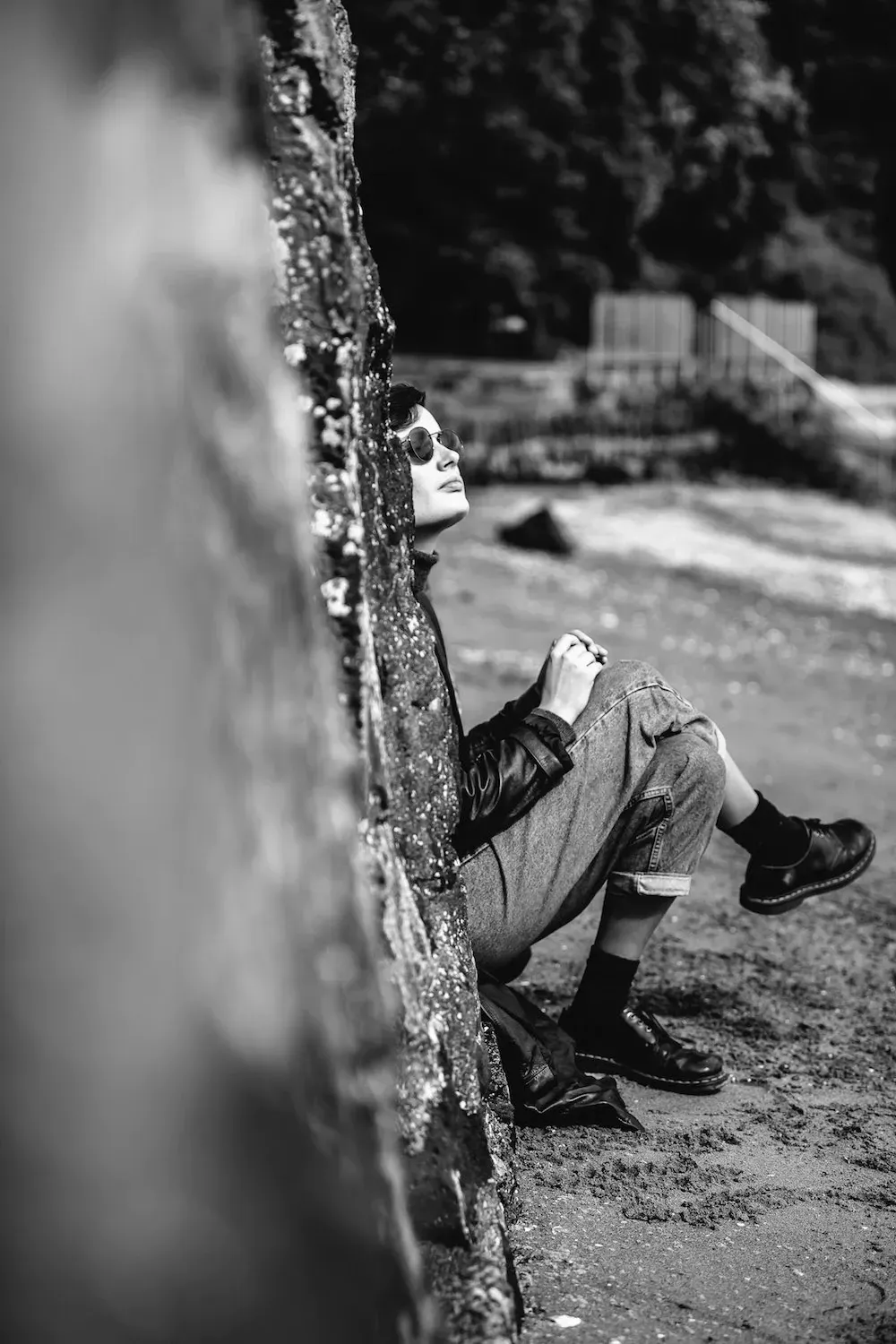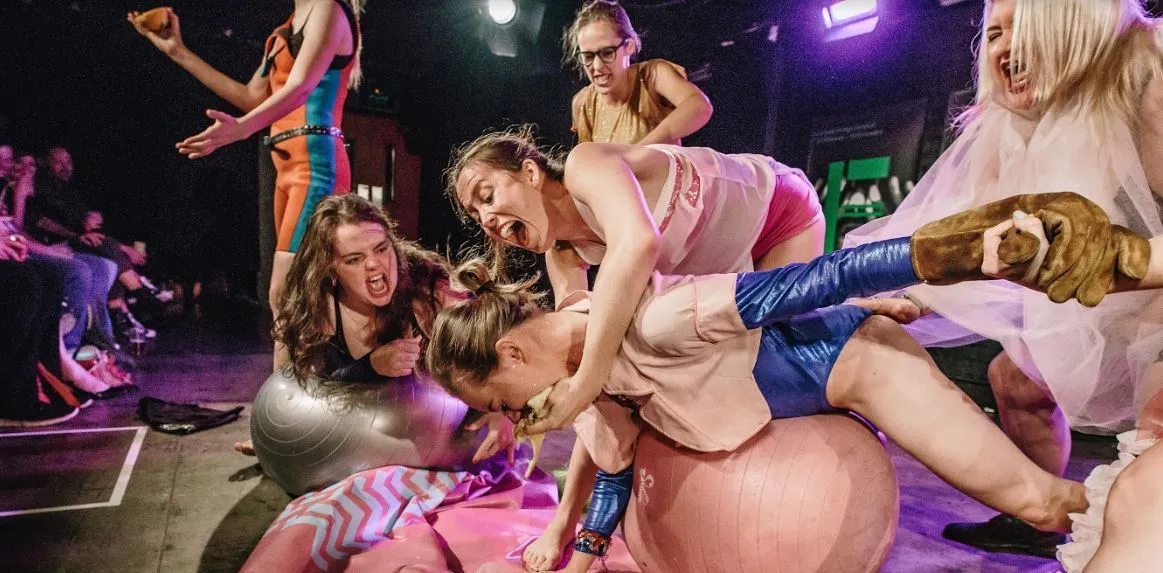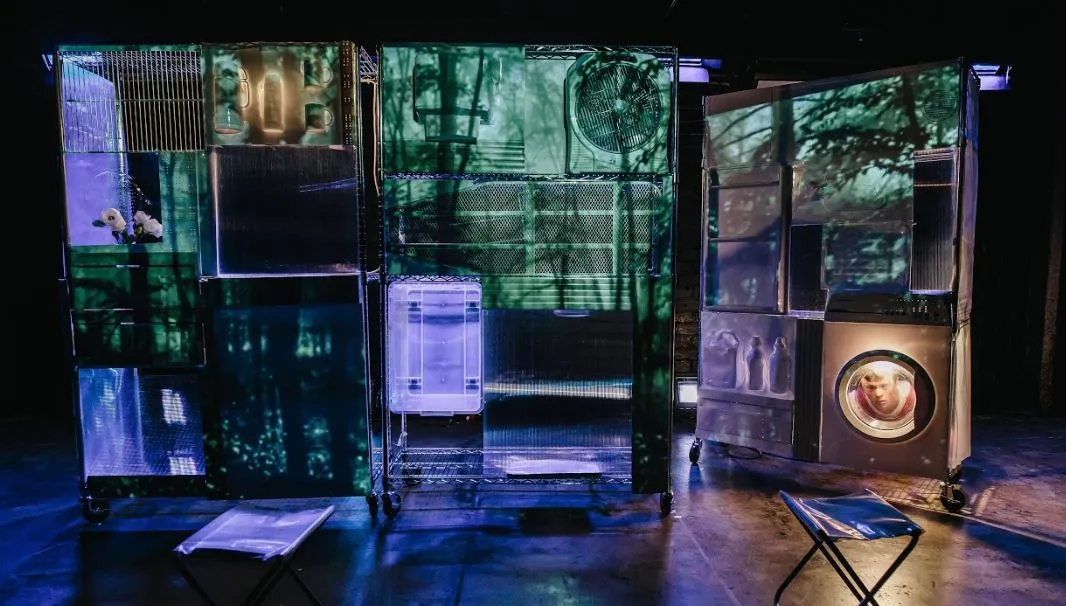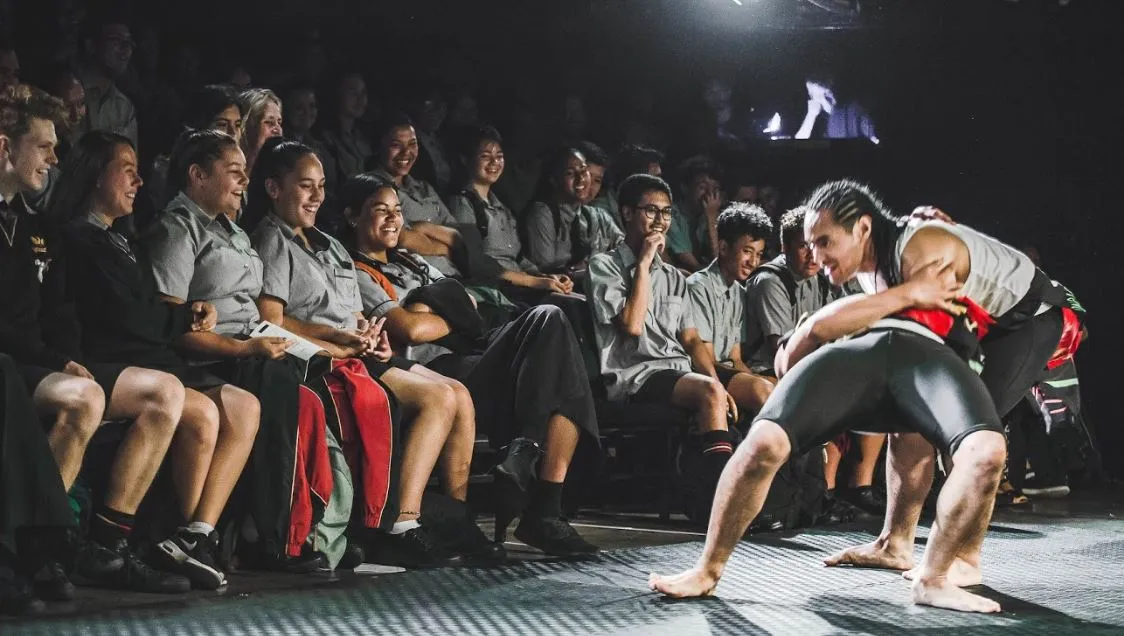What the heck is this ‘Fringe’ business?
Written by
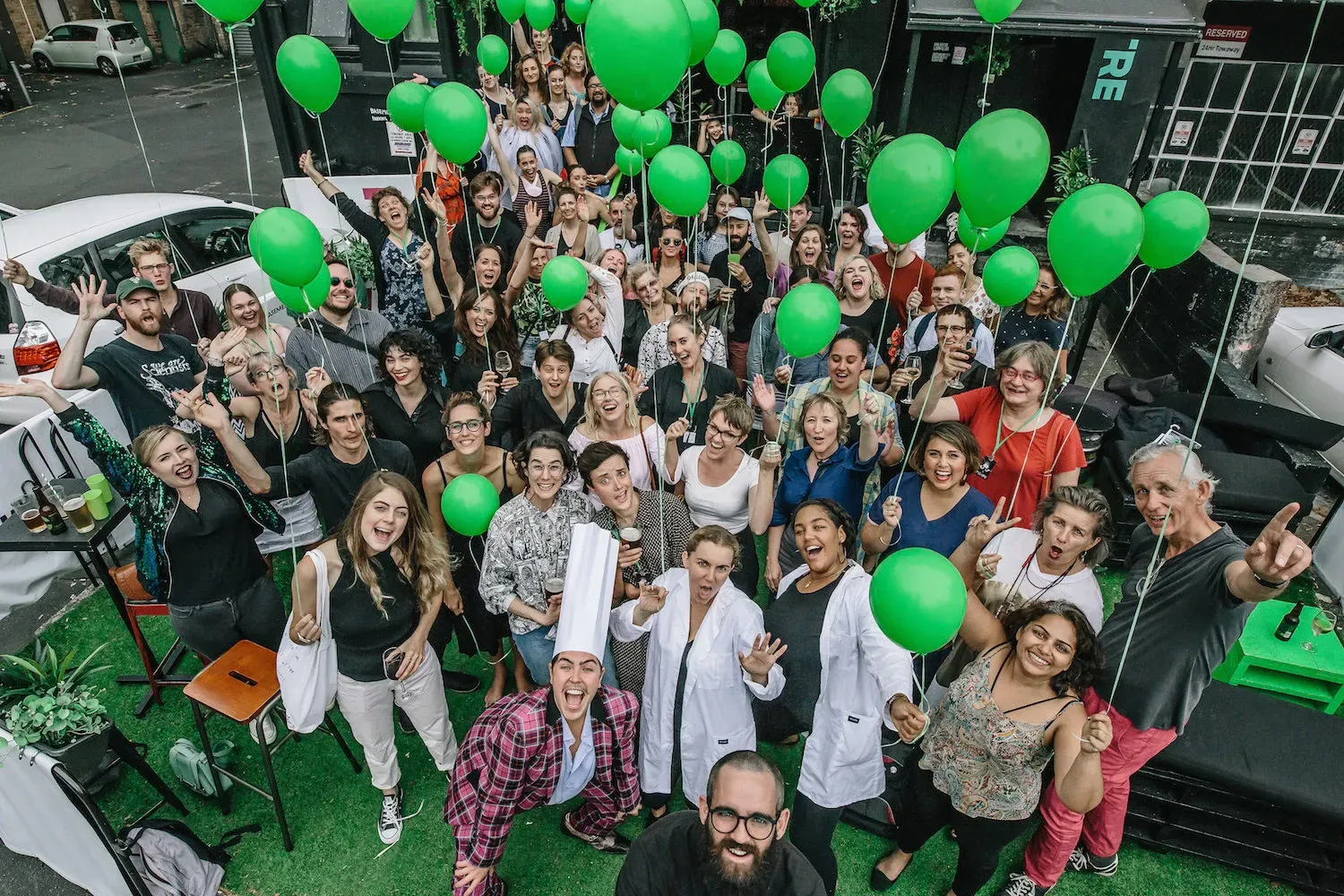
So, what is a Fringe festival anyway?
“Fringe Festivals come in all different shapes and sizes; some are open access (anyone can take part by registering), first come first served, created by lottery, juried, part programmed or a mix of them all.
They are born from passion and hard work; a passion for development, for creating a platform and for seeing and realising new ideas and initiatives. Fringes are exciting sparks where stars are made; they are the ‘excellence’ of the future.” - World Fringe
Answering this question more formally, The World Fringe organisation has this to say about what a Fringe is:
“‘Fringe’ comes from a ‘Fringe of another Festival’ or ‘Fringe Arts’. ‘Fringes’ administer shared risk: not a single pot of money coming from one place to produce a programmed event, it is about support, development, accessibility and everyone involved, including artists, venues, audiences and funders, investing together in a creative platform and delivering a unique & organic occasion.”
The Auckland Fringe is based on the Edinburgh Festival Fringe model. In 1947 the first Edinburgh International Festival was launched in the wake of the Second World War. As a curated festival some artists weren’t programmed but they threw caution to the wind and turned up in Edinburgh to present their work anyway. From 1947 onwards, every year more and more artists turn up for a month of mayhem with over 4000 shows being presented in 2018. Holding true to this ethos, Edinburgh Festival Fringe (and Auckland Fringe) are open-access festivals - allowing for all and sundry (unless you’re doing something illegal, unsafe or haven’t registered) to be part of the collated chaos.
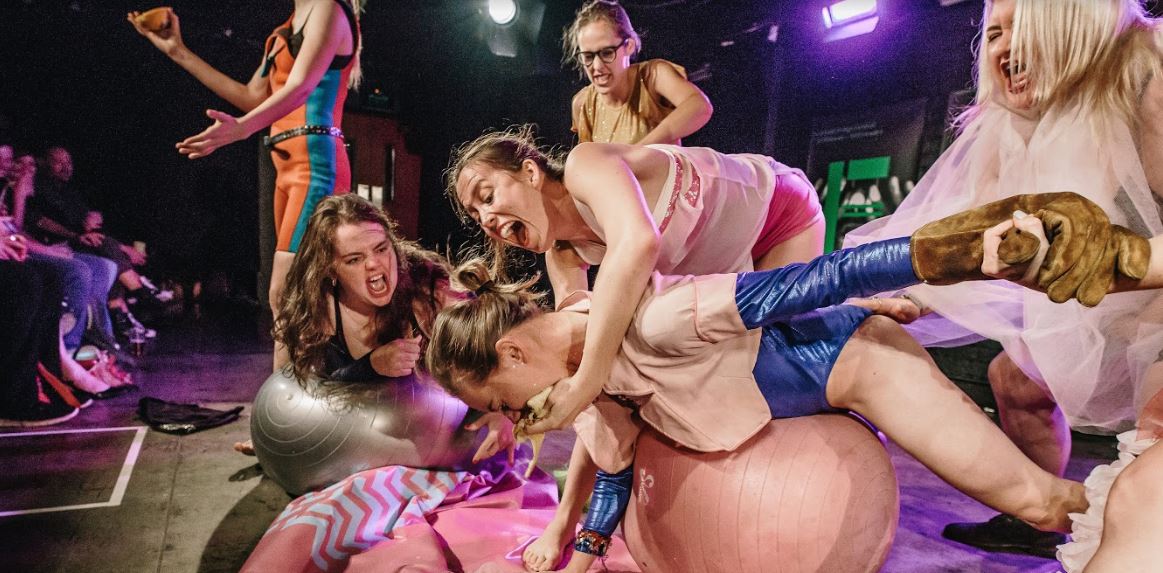
The largest Fringe festival (and I believe arts festival) in the world is Edinburgh. This is followed by Adelaide, Perth and Brighton - people often forget that there are a bunch of big fests happening just across the ditch!
Fringe in Aotearoa and Auckland
NZ Fringe in Wellington has been fighting the Fringe fight for a good while now - and you’ll get to hear from them really soon so I’ll let them tell their own tale… But in essence they’ve made it look superbly cool and so a bunch of people have followed in their footsteps, with Fringe festivals now existing in Auckland, Dunedin, Nelson, Hastings, Hamilton, Rotorua and more.
This year is the 10th year that Auckland Fringe has existed in Auckland (biennially for the first couple, and annually since 2017). It’s been a wild journey, starting with the support and energy of the (then) The Edge and Auckland Arts Festival, and going independent in 2014.
We take pride in fighting for the artists at all times - within the festival dates and beyond.
As a young dance maker, the first show I ever presented after dance school was in Auckland Fringe. It was such a fantastic space for me to spread my wings, to feel part of the wider community and to get to meet and see other artists and their work. As an independent producer and sometimes maker myself, I always try and approach running the festival with the artist at the heart of all our choices. I know that there is risk involved, naturally, especially in regards to financial elements. We take pride in fighting for the artists at all times - within the festival dates and beyond.
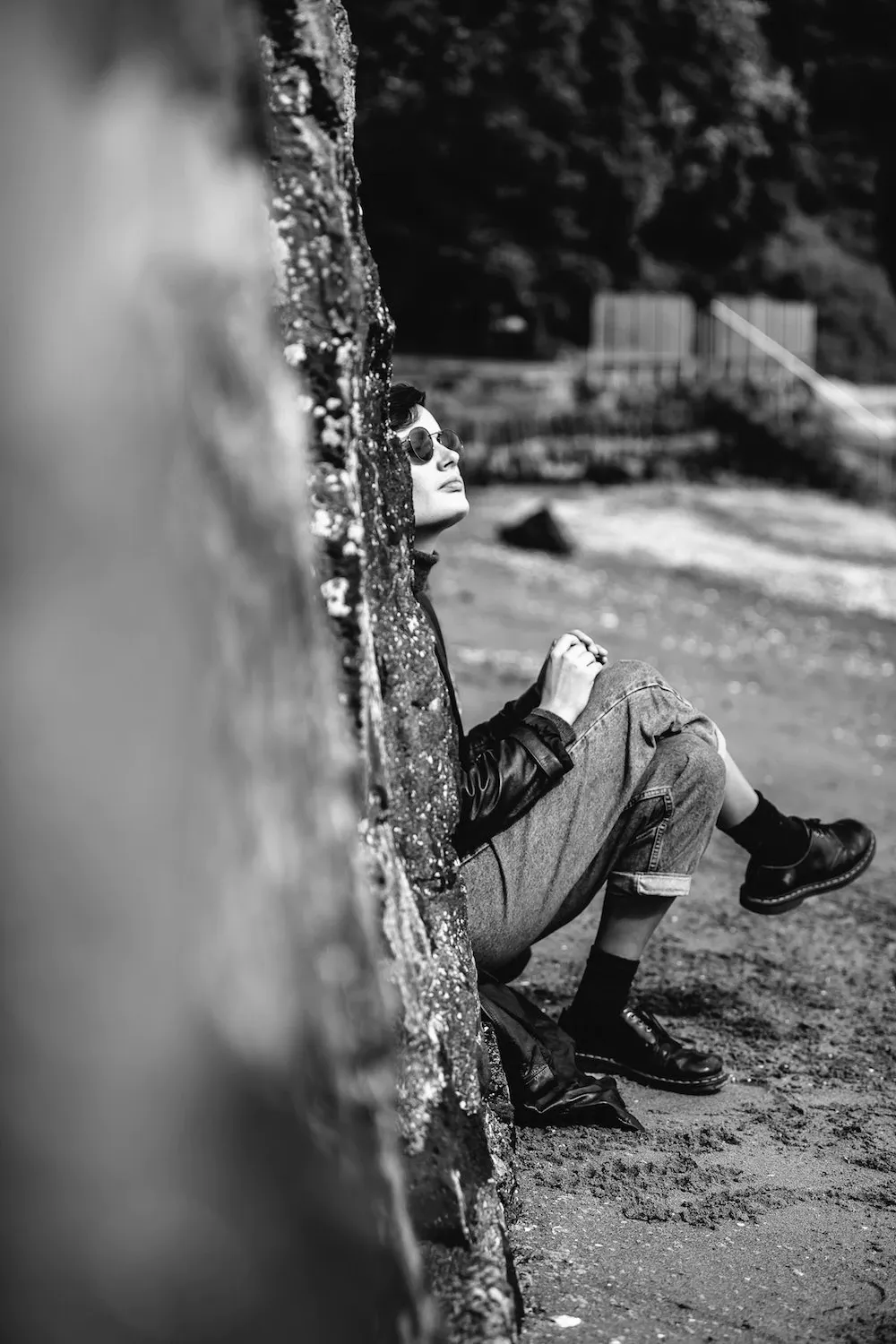
Where we’re at
One of the gritty things about running a Fringe is that the open-access model can be difficult to articulate to funding and support bodies. Often folk want to put their investment behind a curated high art programme or free community oriented programme, and we sit confusingly across both of these and more. Often there are many works in Fringe which in a curated programme would be sure to get support (and often go on to present in these festivals), however support for infrastructure is needed long before we know which artists might want to be involved.
There is a very special feeling that happens across Fringe time - it’s like Christmas for the independent scene.
The infrastructure needs to be in place to provide the safe space for the artists. This is an ongoing conversation with funders and sponsors, and at times can be frustrating because we know the calibre of the work our artists make, and we also know that “box office success” isn’t always the point. Because there is a very special feeling that happens across Fringe time - it’s like Christmas for the independent scene. It’s a time when people feel seen and heard. It’s a time when artists can make wild choices and be celebrated for them. It’s a time for risk taking (for artists, audiences and venues) and it is in this anarchic energy the spirit of Fringe is found.
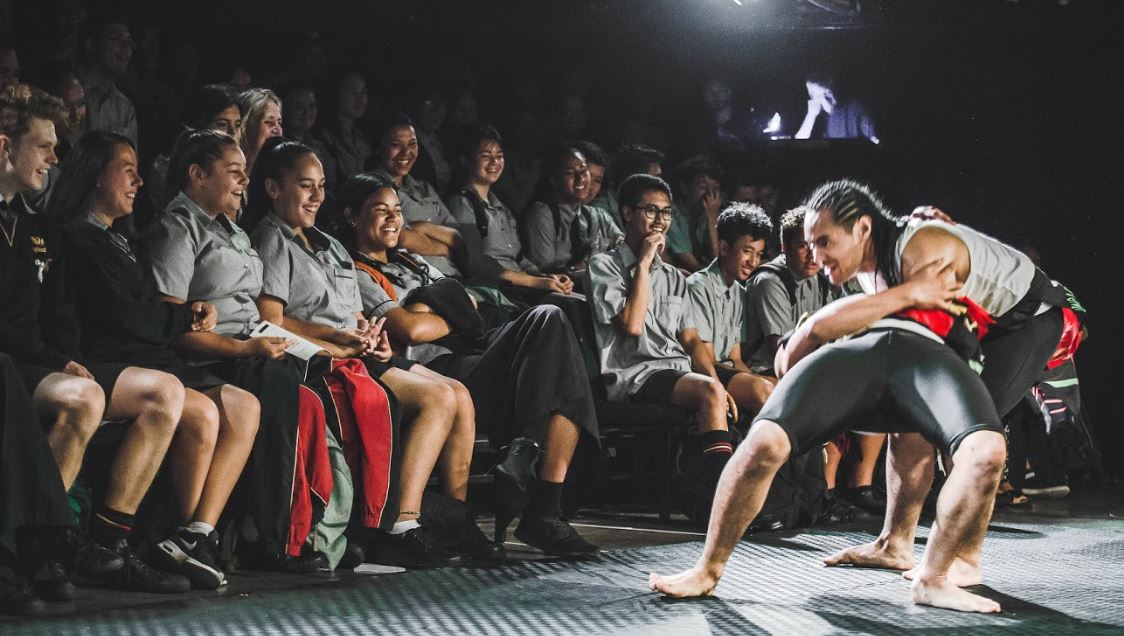
Global Network
Building relationships across continents, art forms, and communities is what Fringes worldwide are really good at. We had the huge honour of hosting the Aotearoa premiere of Pussy Riot this past Friday 22 February as part of Auckland Fringe. Hosting work and artists of that calibre, spirit and international acclaim who continue to inspire such social change is quite mind-blowing! People at the forefront of change, the folk on the edge of the revolution, the artists creating change one brush stroke at a time - these are often lonely places to be, places of huge challenge - mentally, physically and emotionally.
Fringe festivals are a time to bring people together, to celebrate otherness, to stand up for what we believe in.
Fringe festivals are a time to bring people together, to celebrate otherness, to stand up for what we believe in, to state the multiple futures we might wish for the world. Artists strike the pathways for these futures. I am so proud that Pussy Riot is collaborating with Auckland Fringe - a statement about our festival’s ethics, our ongoing fight, and our unwavering commitment to making positive change happen.
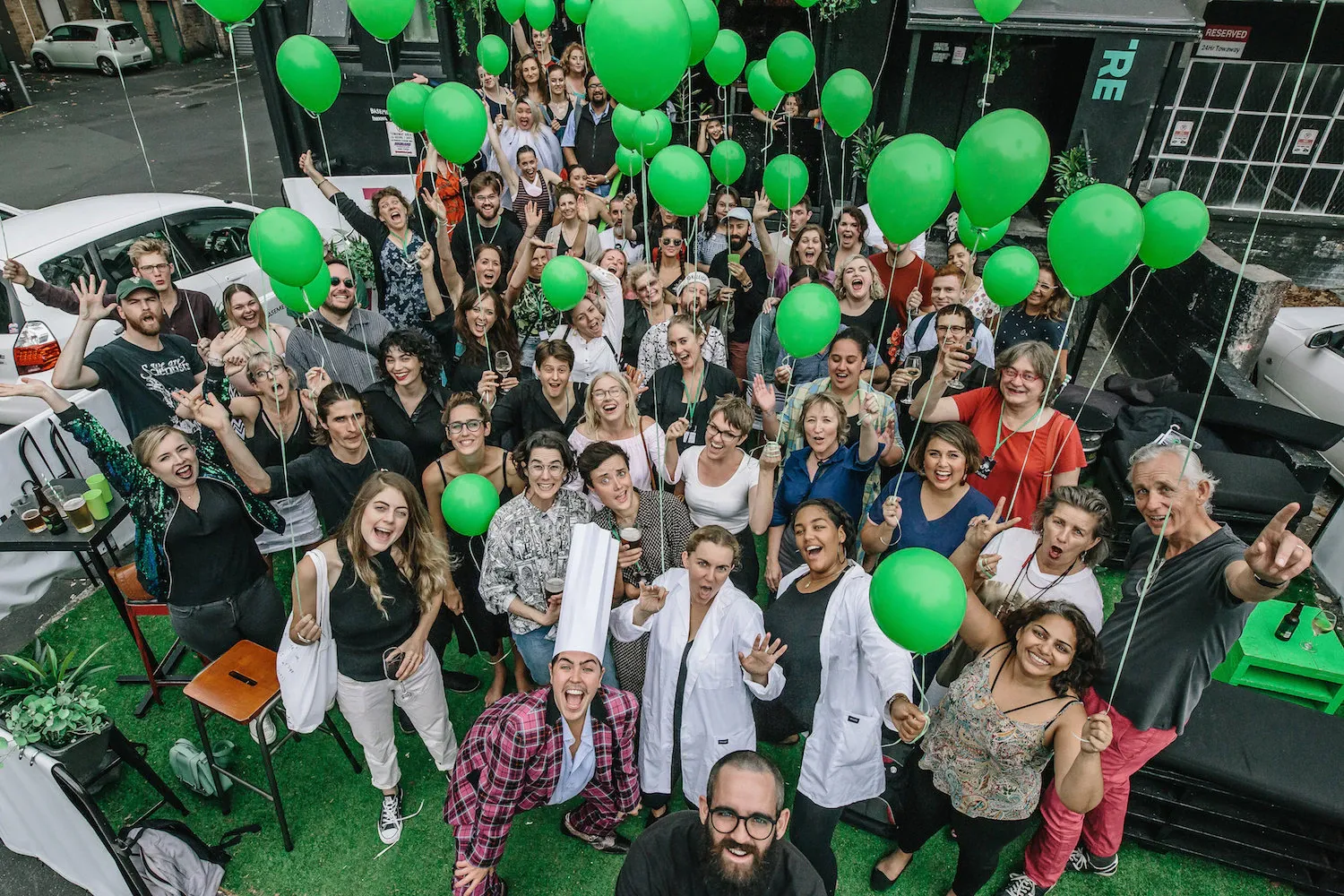
Auckland Fringe will keep fighting for all voices, particularly othered voices, for as long as we possibly can. We commit to amplifying and amplifying and amplifying you - you wonderful, anarchic, feisty artists.
Happy Fringe!
- Lydia Zanetti, Auckland Fringe Festival Director
